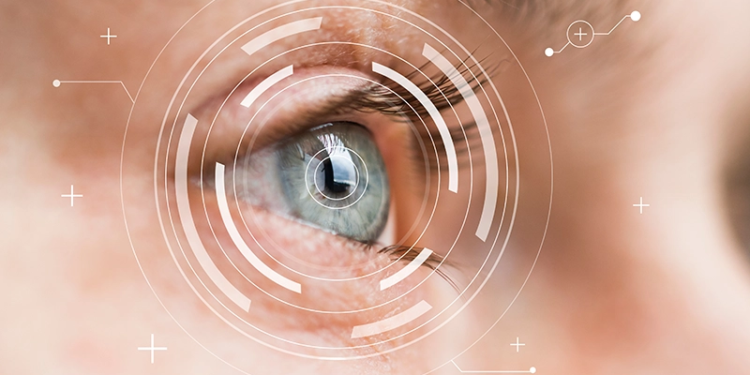A team of researchers from the Netherlands sought to evaluate the use of, satisfaction with, and social adjustment with adaptive devices compared to prostheses in young people with congenital upper-limb deficiencies. They found that young people with congenital upper-limb deficiencies are satisfied and socially well-adjusted with adaptive devices, and that adaptive devices are good alternatives to prostheses. Their study was published online before print on February 12 in the Journal of Rehabilitation Medicine.
The researchers conducted a cross-sectional study of 218 young people with congenital upper-limb loss (age range two to 20 years) and their parents. The Quebec User Evaluation of Satisfaction with assistive Technology was used to evaluate participants’ characteristics, difficulties encountered, and preferred solutions for activities, and use satisfaction with adaptive devices versus prostheses. A subscale of the Trinity Amputation and Prosthesis Experience Scales was used to assess social adjustment. For this the study, an adaptive device was defined as “any item, piece of equipment, or product system, whether acquired commercially, modified, or customized, that is used to increase, maintain, or improve functional capabilities of individuals with disabilities.” Prostheses and terminal devices were not considered assistive devices.
Of the 218 participants, 58 percent were boys, 87 percent had transversal upper-limb deficiencies, 76 percent had past/present use of adaptive devices, and 37 percent had past/present use of prostheses. More than half of the study cohort reported having difficulties in performing activities of daily living, for which they used different adaptive devices: Of 360 adaptive devices, 43 percent were used for self-care (using cutlery), 28 percent for mobility (riding a bicycle), and 5 percent for leisure activities. Prostheses were used for self-care (4 percent), mobility (9 percent), communication (3 percent), recreation and leisure (6 percent), and work/employment (4 percent). The preferred solution for difficult activities was using the unaffected and affected arms/hands and other body parts (> 60 percent), adaptive devices (< 48 percent), and prostheses (< 9 percent).
The results further demonstrated that satisfaction with assistive devices was significantly greater than satisfaction with prostheses in terms of dimensions, weight, adjustment, ease of use, comfort, and effectiveness-all factors that have been reported as reasons for prosthesis rejection in other research.
Editor’s note: Several members of this research team also studied children’s attitudes about transradial prosthetic use. This research was published online June 24, 2014, in the journal PLoS One.




